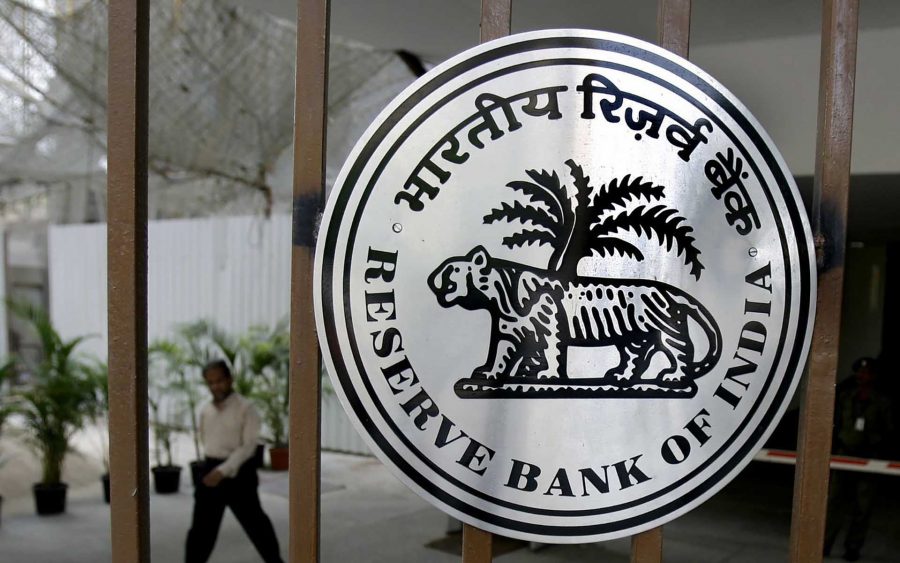
- Home
- India
- World
- Premium
- THE FEDERAL SPECIAL
- Analysis
- States
- Perspective
- Videos
- Sports
- Education
- Entertainment
- Elections
- Features
- Health
- Business
- Series
- In memoriam: Sheikh Mujibur Rahman
- Bishnoi's Men
- NEET TANGLE
- Economy Series
- Earth Day
- Kashmir’s Frozen Turbulence
- India@75
- The legend of Ramjanmabhoomi
- Liberalisation@30
- How to tame a dragon
- Celebrating biodiversity
- Farm Matters
- 50 days of solitude
- Bringing Migrants Home
- Budget 2020
- Jharkhand Votes
- The Federal Investigates
- The Federal Impact
- Vanishing Sand
- Gandhi @ 150
- Andhra Today
- Field report
- Operation Gulmarg
- Pandemic @1 Mn in India
- The Federal Year-End
- The Zero Year
- Science
- Brand studio
- Newsletter
- Elections 2024
- Events
- Home
- IndiaIndia
- World
- Analysis
- StatesStates
- PerspectivePerspective
- VideosVideos
- Sports
- Education
- Entertainment
- ElectionsElections
- Features
- Health
- BusinessBusiness
- Premium
- Loading...
Premium - Events

The Monetary Policy Committee (MPC) of the RBI did well to hold its policy rate, raise the incremental cash reserve ratio to prevent a recent, transient surge in liquidity from contributing to macroeconomic stress, ease credit availability a tad for infrastructure, and liberalise digital payment usage.
Sometimes, standing still is hard work. For example, in a river with a strong current. With foodgrain prices hardening for domestic as well as international reasons and vegetable and fruit prices soaring, and even oil prices giving in to the upward pressure of production cuts by large producers, it was tempting for the MPC, at a time when change in the Consumer Price Index from its level a year ago is still above the median target of 4 per cent, to cry Inflation and let loose higher policy rates. That it chose not to do that is to be commended.
World growth is sagging, and pulling down global trade along with it. The world’s largest economy, the US, is still growing but being deliberately slowed down to curb inflation. The US economy’s minders are busy locating a telescope to gape at the sky and thank the stars for the distinct possibility of averting a hard landing, that is, avoiding a recession that lasts for some time even as inflation is tamed.
Also read: RBI retains FY-24 GDP forecast at 6.5%, raises inflation projection to 5.4%
The second-largest economy, China, is undergoing deflation, with growth and prices both falling. The picture in the euro area is no more ebullient. With its largest economy, Germany, expected to contract in 2023, the euro zone is expected to grow some 0.8 per cent this calendar year.
Booming India
In contrast, India remains a bright spot on the horizon of global economic growth. The RBI expects growth to be 6.5 per cent this fiscal year, with government spending in infrastructure driving growth, dragging along private investment revival in some sectors.
With abundant capital inflows that have swelled foreign exchange reserves to over $600 billion, and holds the rupee up, there is no compulsion to raise policy rates to shield the rupee from the downward pressure applied by the US central bank’s continuing rate hikes. The RBI would not like to be the one to choke the bright bloom that is India’s robust growth in a mostly arid landscape to death with an avoidable rate hike.
At the same time, the central bank has been mindful of the inflationary pressures mounted by supply constraints on fruit, vegetables and, perhaps, wheat. It has been mindful, as well, of the sudden dose of liquidity that has been injected into the system by the deposit of Rs 2,000 notes that the government had decided to invalidate, the government’s spending out of the unusually large dividend the central bank paid the government this year, in excess of Rs 87,000 crore, and the counterpart rupees released into the system as foreign portfolio investors hand over their gushing dollar inflows for conversion into rupees.
So, in order to mop up the excess liquidity, whose presence is revealed by a step up in the daily amounts of money deposited by banks with the central bank, the RBI has required banks to park, as a reserve, 10 per cent of their deposits received during May-19-July 28 this year with the central bank. The normal cash reserve ratio continues at 6.75 per cent of deposits, described, in the jargon, as net demand and time liabilities.
Also read: IMF projects Indian economy to grow at 6.1 per cent in 2023
The negatives
So far, so good. Where the RBI action falls short is on credit for infrastructure companies. Thanks to over-reaction to the IL&FS and Dewan Housing Finance scams, the RBI refused to refinance infrastructure lenders during the pandemic, even as it offered to refinance most other kinds of lending. Infrastructure lenders depend on back-to-back financing.
When construction companies were forced to halt operations during the pandemic, they could not service their loans to infrastructure lenders, and these could not service their loans taken from banks. And since their loans could not be refinanced, they became unviable. Now, the country has very few infrastructure lenders, apart from a small number of state-owned finance companies set up to mobilise funds for railway, power, rural electrification, etc.
The RBI governor has now announced easier norms for infrastructure debt funds, whose role is to give credit to infrastructure lenders. IDFs have even been allowed to directly fund toll-based highway developers, in an admission that those who used to provide that kind of credit are missing in action.
The RBI must chuck its disdain for infrastructure lenders, revive those of them that have not wholly given up the ghost and gasp for breath in the wilds of corporate insolvency resolution. Then, the liberal norms for debt funds that give money to infrastructure lenders would make sense.
In conclusion, we might note that the nominal GDP growth estimated by the central bank, with a real growth of 6.5 per cent and inflation of 5.4 per cent for the fiscal year as a whole is nearly 12 per cent. This augurs well for tax collections and pushing down the debt-to-GDP ratio.
(TK Arun is a senior journalist based in Delhi.)
(The Federal seeks to present views and opinions from all sides of the spectrum. The information, ideas or opinions in the articles are of the author and do not necessarily reflect the views of The Federal.)


